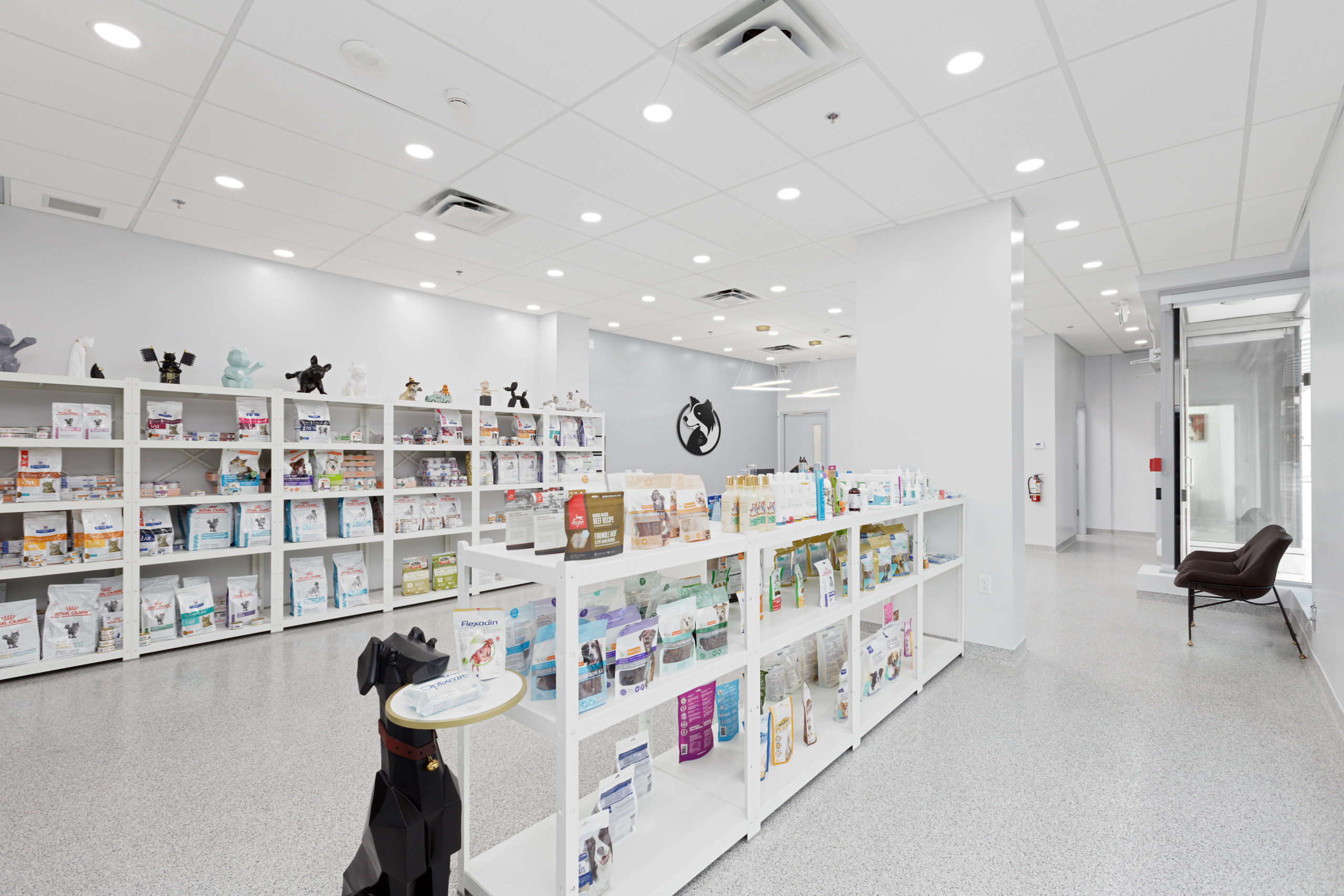Designing a veterinary clinic demands specialized knowledge to ensure compliance with local, state, and national regulations. It is essential to create a visually appealing workspace that seamlessly blends comfort, innovation, and design. However, designing layouts for a veterinary practice requires careful consideration, as architects and designers must balance the need for a functional space that promotes the well-being of doctors and staff with the imperative to maintain a hygienic and safe environment for both animal patients and the humans who care for them.
Team Medico had the pleasure in doing the interior design for multiple veterinary clinics. If you’re in the process of designing a veterinary clinic or seeking to enhance your practice’s current workspace, we have valuable interior design tips to assist you in creating a cutting-edge veterinary clinic. These suggestions will help you optimize the functionality, aesthetics, and efficiency of your clinic, providing a state-of-the-art environment for both your animal patients and your veterinary team.
Select a qualified construction contractor who has experience in designing Veterinary clinics. The qualified & experienced specialist will help navigate the intricate details of Vet Clinic design including:
Noise from Vet Clinic can be extremely troublesome for the pet owners, vet clinic staff and of course the pets. Acoustic panels between walls and acoustic doors can help to control noise levels.
To prevent unpleasant odours, the entire structure must be zoned with several independent heating and air conditioning systems, each with its own air supply and return; some of these exhaust air to the outdoors. For instance, we don’t want exhausted air to be pumped back through the building in isolation rooms or hospital wards where it can be contaminated by odour or illness.
Read more about modern and contemporary Vet Hospital we designed for our client Marine Drive Vet Clinic, Vancouver, BC
Whether you are building a new clinic or upgrading your current veterinary practice space, there are many design choices that can help you craft a space that will delight clients and keep patients calm and happy. Contact Team Medico for more ideas and to discuss how we can help you with your veterinary clinic.
Team Medico had the pleasure in doing the interior design for multiple veterinary clinics. If you’re in the process of designing a veterinary clinic or seeking to enhance your practice’s current workspace, we have valuable interior design tips to assist you in creating a cutting-edge veterinary clinic. These suggestions will help you optimize the functionality, aesthetics, and efficiency of your clinic, providing a state-of-the-art environment for both your animal patients and your veterinary team.
Comfortable Waiting Room
A comfortable waiting room and reception area are crucial components of a veterinary clinic. These are the first areas that clients and their pets encounter when they visit your clinic. Creating a welcoming and comfortable environment immediately sets a positive tone and helps establish a favorable first impression. Animals visiting the clinic may experience stress and anxiety due to unfamiliar surroundings or medical procedures. A comfortable waiting room with soothing colors & soft lighting, comfortable seating, and a calming ambiance can help alleviate these feelings, creating a more relaxed atmosphere for both pets and their owners.Functional Layout & Design
A well-planned layout maximizes the use of available space in the clinic, improve workflow and helps create a clutter-free environment. It considers the logical flow of patients, staff, and supplies, minimizing unnecessary movements and reducing the risk of errors or delays. A functional design allows for seamless transitions between different areas, such as waiting room, examination rooms, and treatment areas, promoting optimal productivity. To ensure the well-being and safety of animals undergoing surgery in a veterinary clinic, it is recommended to avoid locating surgery rooms on higher floors if kennel or holding areas are situated downstairs.Select a qualified construction contractor who has experience in designing Veterinary clinics. The qualified & experienced specialist will help navigate the intricate details of Vet Clinic design including:
- Finishes – Type of floors (anti-slip floors), fixtures, paints, countertops to choose for easy cleaning and maintenance. Epoxy flooring throughout the clinic is great for its non-absorbent and impermeable abilities, as well as its high durability and resistance to chemical cleaning and daily wear and tear. Read more about modern and contemporary Vet Hospital we designed for our client E.P.I.C Veterinary Hospital, Richmond, BC
- A well-constructed holding area to prevent animals from getting injured or escape
- Dedicated space for cold storage / refrigeration.
- Create a warm and welcoming environment with lot of natural lighting.
- Lockup facilities to safely keep medical equipment.
- Details of equipment including power, ventilation and safety of X-rays.
Safety & Hygiene Considerations
Sustainable design, safety & hygiene is a top priority when designing Vet Clinic. A well-designed space should have enough space to move around between different areas. A thoughtfully designed floor plan should not only secure the premises for the drugs and equipment but also prevent pets from escaping.Noise from Vet Clinic can be extremely troublesome for the pet owners, vet clinic staff and of course the pets. Acoustic panels between walls and acoustic doors can help to control noise levels.
To prevent unpleasant odours, the entire structure must be zoned with several independent heating and air conditioning systems, each with its own air supply and return; some of these exhaust air to the outdoors. For instance, we don’t want exhausted air to be pumped back through the building in isolation rooms or hospital wards where it can be contaminated by odour or illness.
State-of-the-art Equipment
As a veterinary hospital, you are expected to provide high-level and advanced care. It’s important to have the right tools for the job to provide quality care. Here are some pieces of equipment that are essential for any vet clinic such as Blood count Analyzer, Biochemistry Analyzer, Automated Artificial Intelligence Microscopy, Fecal Analyzer, Urine Analyzer, Digital Radiography unit, Electrocardiography, Color doppler Ultrasonography, Endoscopy unit & Tonometry device. Whether you are renovating your existing facility or building a new facility, it is a perfect time to invest in cutting-edge medical equipment to continually improve care, and create a positive environment for your team, clients and patients.Read more about modern and contemporary Vet Hospital we designed for our client Marine Drive Vet Clinic, Vancouver, BC
Final Thoughts
At Team Medico, we understand what is important when it comes to designing veterinary practice. Our design team have a wealth of knowledge and experience to share with you regarding intelligent design, clinical layout and what is required in a veterinary environment.Whether you are building a new clinic or upgrading your current veterinary practice space, there are many design choices that can help you craft a space that will delight clients and keep patients calm and happy. Contact Team Medico for more ideas and to discuss how we can help you with your veterinary clinic.

